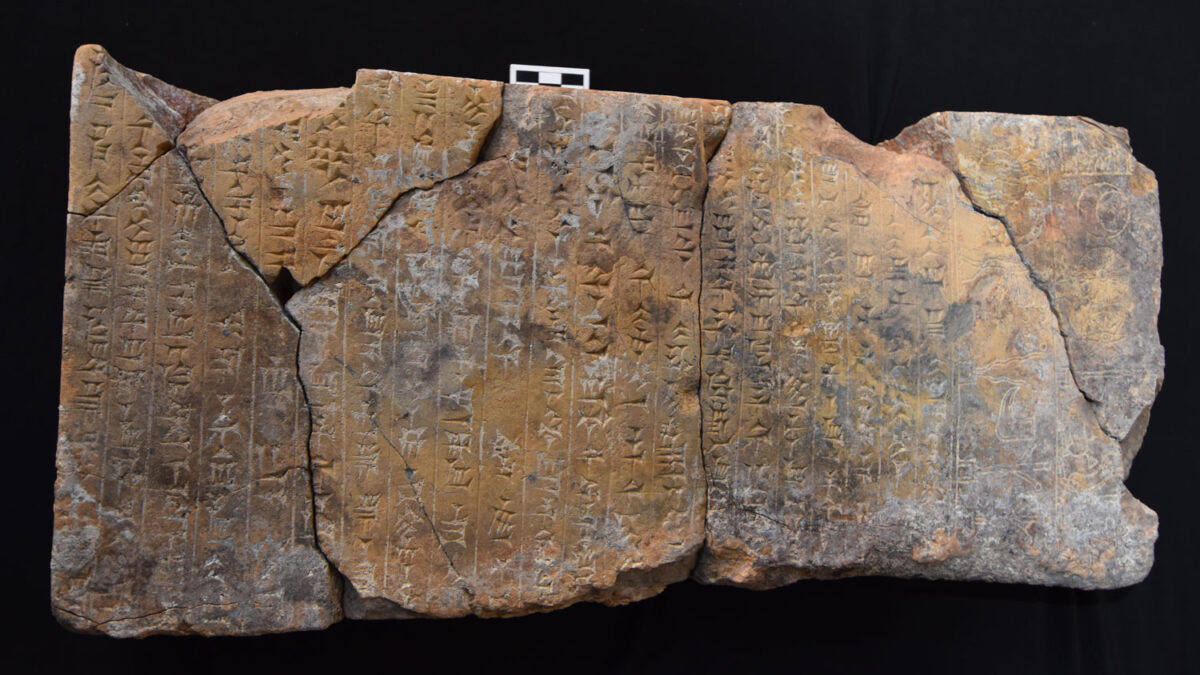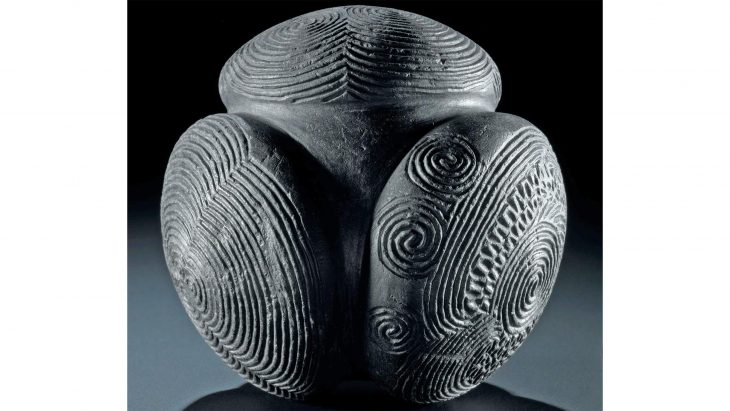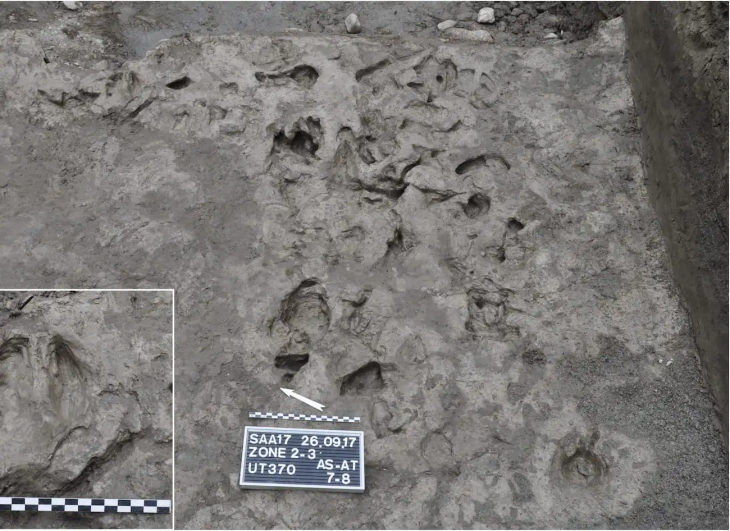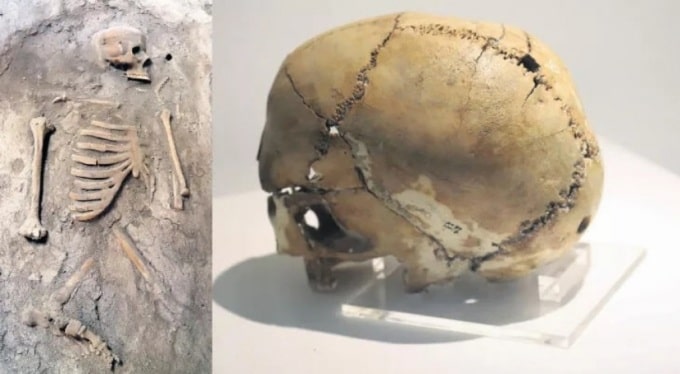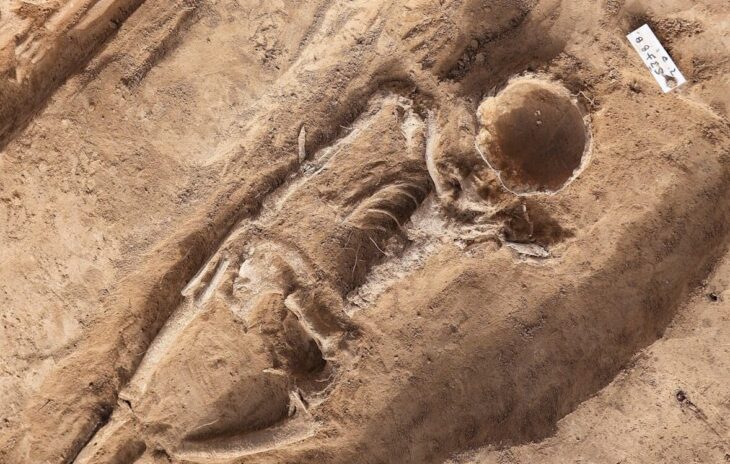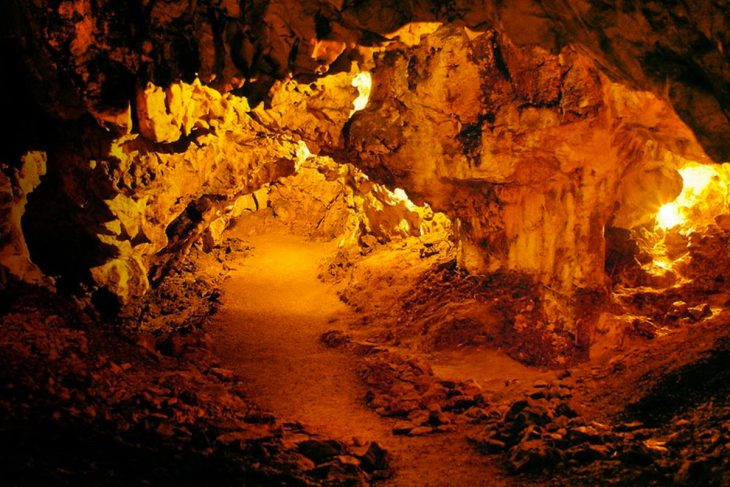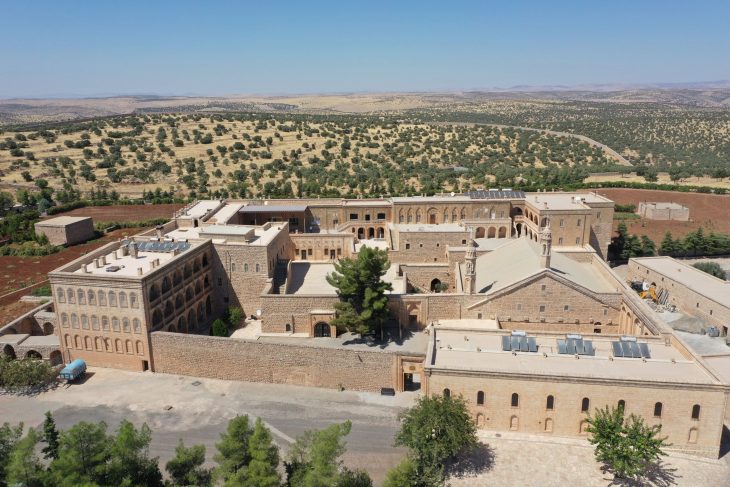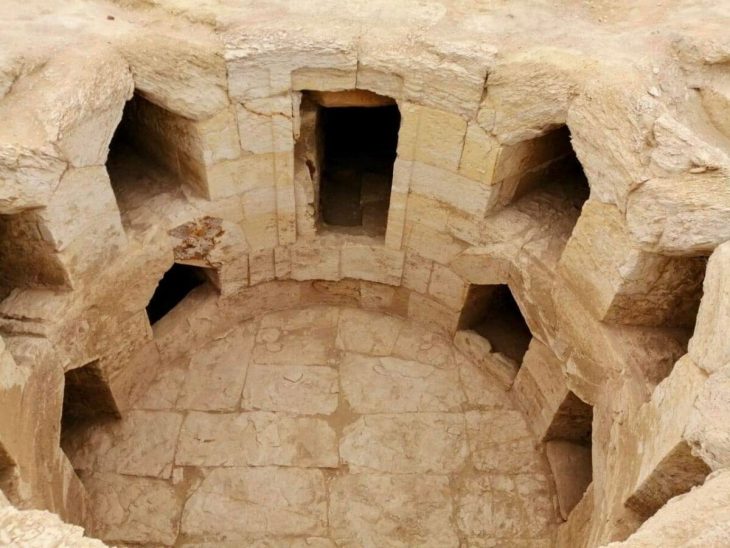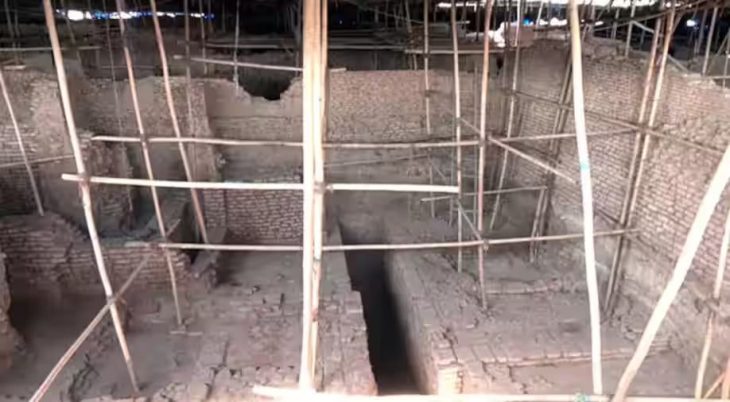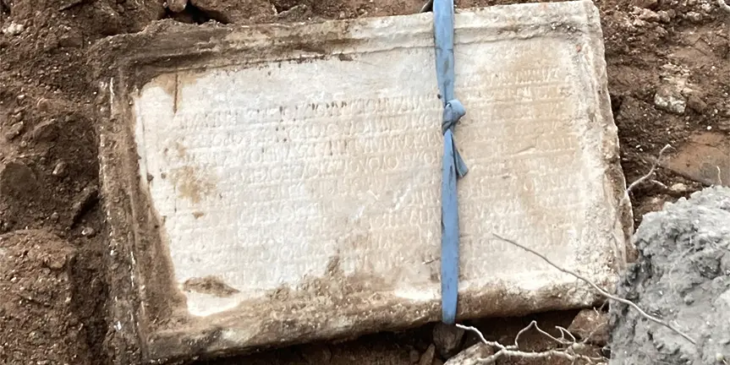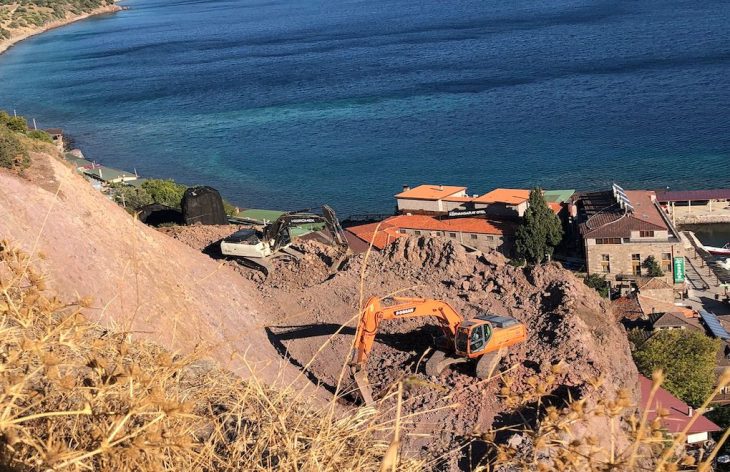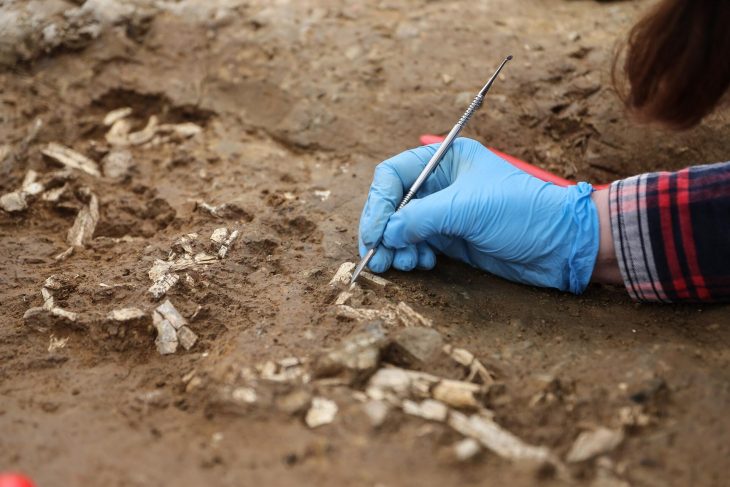Recent archaeological work in Nimrud, led by the Penn Museum in collaboration with Iraqi archaeologists, has uncovered two remarkably well-preserved shrines in an Assyrian temple that was burned around 2,600 years ago in antiquity at the ancient site of Nimrud in northern Iraq.
Archaeologists excavating the Ninurta Temple and its Ziggurat this year as part of the museum’s Nimrud Project, one of the cultural heritage protection initiatives of the Iraq Heritage Stabilization Program (IHSP), a program dedicated to safeguarding at-risk archaeological sites and repairing ones damaged by ISIS’ spree of cultural destruction between 2014 and 2017.
A capital of the Neo-Assyrian state under Ashurnasirpal II (883–859 BCE), Nimrud was also called Kalhu in Assyrian times and Calah in the Bible. Not only is it historically significant as one of the first empires in history, but it also represents Iraq’s cultural legacy, which adds to its archaeological significance. But between 2014 and 2017, ISIS’s destructive actions seriously damaged important monuments, such as the renowned Northwest Palace and the Temple of Ninurta and its ziggurat.
One of the most important aspects of the archaeological site is the Ninurta Temple, which is devoted to the Assyrian god of war and agriculture and has a ziggurat. The temple is thought to have been razed by fire around 614-612 B.C., which helped preserve the structure and artifacts.
Two new shrines were discovered within the expansive Ninurta Temple during the third season of the project. Within the larger shrine, the team discovered a massive stone dais, which is a low platform for the statue of a god or goddess worshipped in the temple. It was approximately 12 feet by 9.5 feet and had a cuneiform inscription, most likely from King Ashurnasirpal II. The smaller shrine contained a dais severely damaged in antiquity.
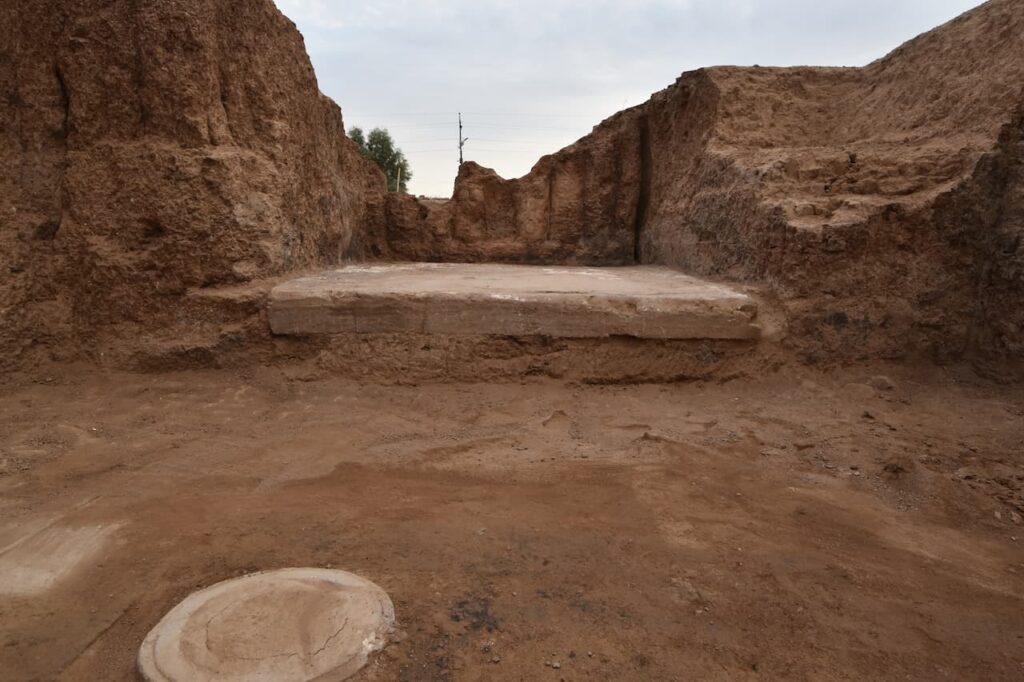
Possible pieces of statues of unidentified deities that were originally positioned on the pedestals are among the other noteworthy discoveries in the shrines. However, between 614 and 612 BCE, during the fall of the Assyrian Empire, invaders from Babylon (present-day southern and central Iraq) and Media (ancient western Iran) looted and burned the temple, leaving only remnants of these statues and their decorations.
The findings demonstrate Ninurta’s pivotal role in the state religion and the temple’s extraordinary wealth, despite the ancient looting and destruction of the temple. The team aimed to create a comprehensive picture of the religious rituals surrounding the state god Ninurta, the powerful Assyrian war god, and other closely related deities as the kingdom became one of the first empires in history.
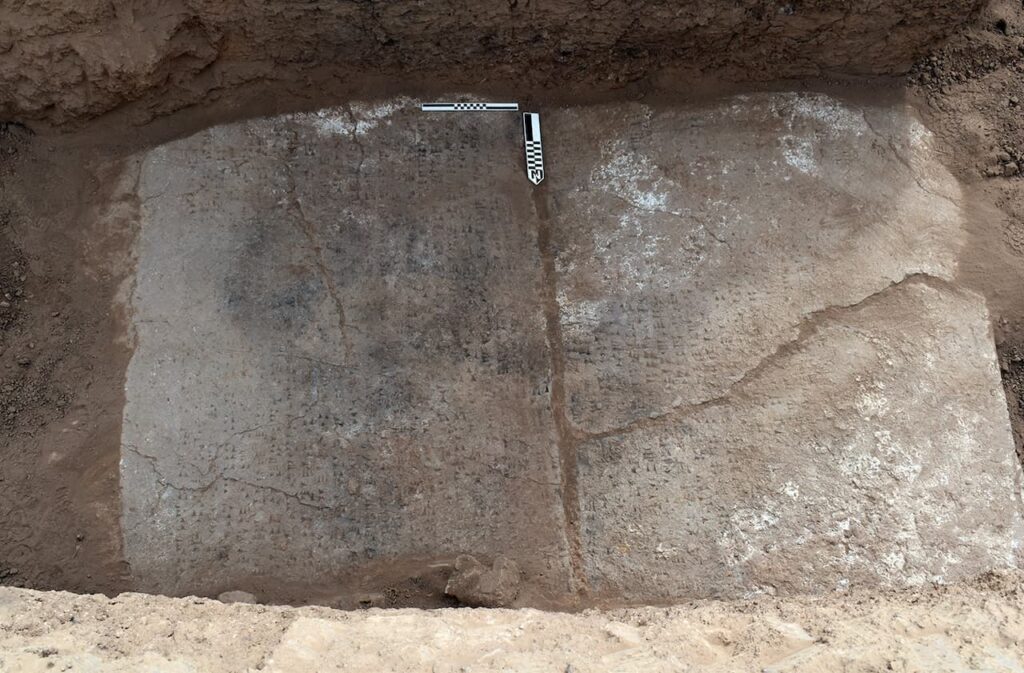
“The burning and sudden collapse of the Ninurta Temple left it in a remarkable state of preservation. The team located preserved cedar wood brought to Nimrud from the Lebanon Mountains for the temple’s construction—exactly as it was recorded in the inscriptions by King Ashurnasirpal II, in which he describes building the temple precinct,” says Dr. Michael Danti, Program Director of the IHSP. “The condition and distribution of artifacts strongly suggest that the shrines and associated treasures were looted and intentionally damaged by the Babylonians and Medes before being set ablaze.”
According to Dr. Danti, the most intriguing find was a Kudurru, a cuneiform-inscribed stone monument in the temple, which dates to 797 BCE and features symbols of important deities. It documents a royal decree granting the governorship of Hindanu, an area located on the Euphrates River at the Syria-Iraq border.
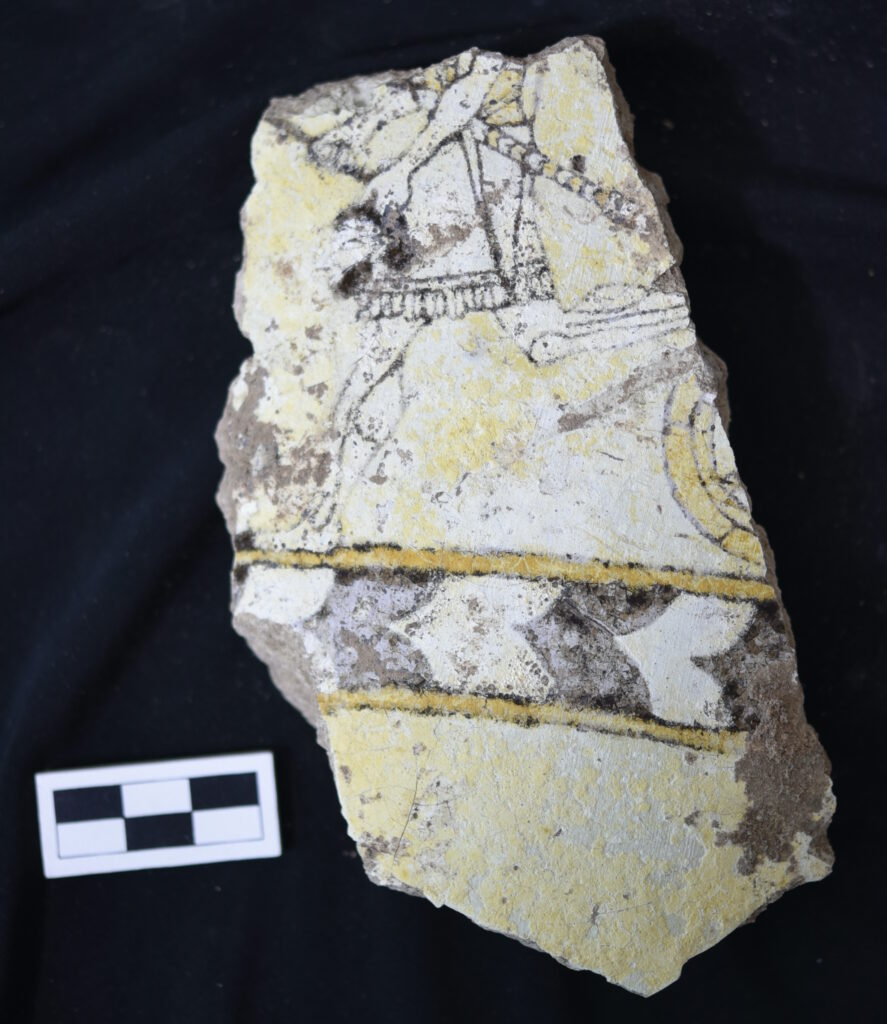
“The Assyrian king Adad-Nerari III (811-783 BCE) assigned this strategic region to a governor named Nergal-Eresh of Rasappa (located west of the Tigris and northwest of Nimrud in the Khabur River region),” Dr. Danti explains. “It strongly emphasizes that no one may refute NergalEresh’s claim to his new territory. It closes with a long list of curses for anyone who breaks the agreement, damages the stela, or removes it from the temple.”
Researchers also found well-preserved clay tablets with cuneiform inscriptions written in Assyrian (a dialect of Akkadian) that reveal details about the temple’s economic activities, such as silver loans and lists of assets, along with a note written in Aramaic—a language and script widely used during the later Assyrian Empire.
Other objects recovered during the excavations include a stone bowl set into the brick floor of the shrine, likely used for pouring libations during religious ceremonies, the sculpted head of a griffon, fragments of glazed pottery and stone tablets, carved ivories, and jewelry. The wide range of object types, materials, and artistic styles reflect the burgeoning wealth of the Assyrian Empire and its vast military conquests and trade connections.
Cover Image Credit: Cuneiform inscriptions on a Kudurru (stone monument), which dates to 797 BCE, found by Penn Museum and Iraqi archaeologists at Nimrud, Iraq (2024) Credit: Penn Museum

